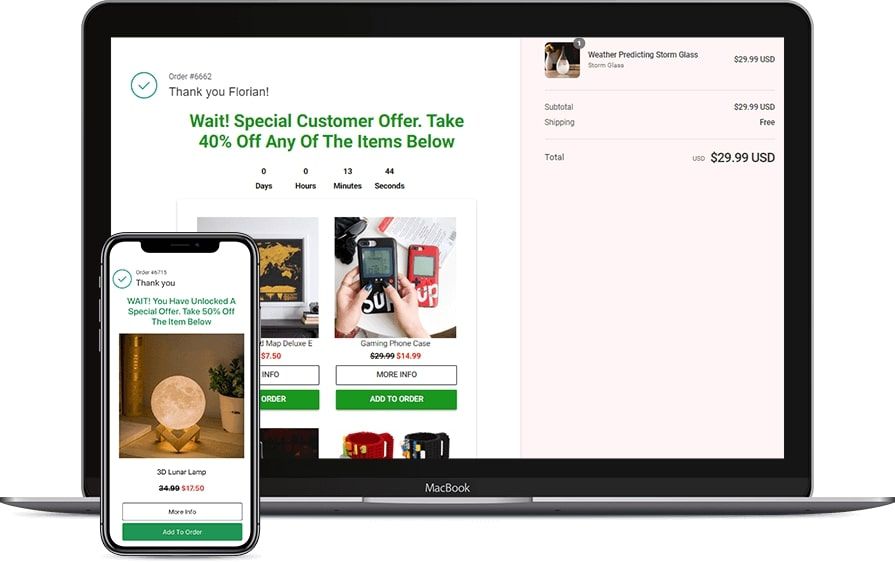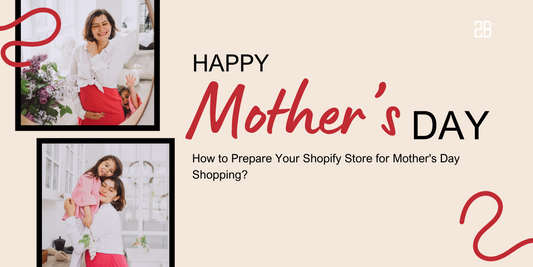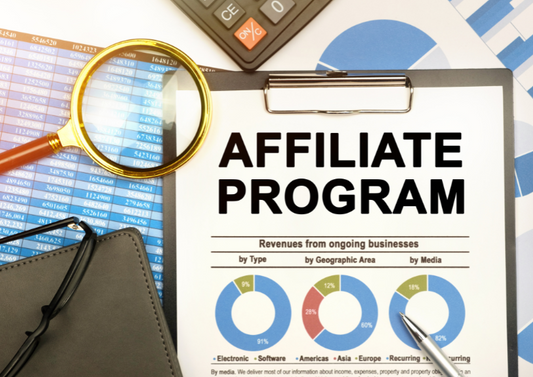Upselling is one of the most common ways to boost AOV for your Shopify store. If done well, you will witness incredibly rocketing revenues and build up strong relationships with your beloved customers. If done badly, you will become an aggressive and ineffective salesperson in people’s eyes.
In this writing, we will find out more about the upselling skill. Check it below!
The Definition of Upselling
In general, upselling is when you persuade your customers to buy a more costly or a premium version of the item they want to purchase. For example, customer A would like an XS glass of coffee. If you can make them order an M glass instead, you have successfully made an upselling.

Upselling tends to be more effective for old customers. While you get a 60-70% probability to sell to existing customers, the number just stays around 5-20% to a new one. Furthermore, upselling turns to be easier over time. Customers coming to your store for the first time only get 27% likely to return, but after making the second purchase, this increases to 54%.
Pre-Purchase vs. Post-Purchase Upsells
Upselling can happen anytime: before, during, and after customers making a sale. Pre-purchase upsells mean that customers see related product add-ons after they have chosen an item and are on the way to checkout.
You can also upsell post-purchase with a discount or insignificant add-ons. Once customers complete a transaction, ready to move from checkout to the thanks page, you can post-purchase upsell right there. You can show customers some offers to help them make the most advantage of their recent purchase, like the picture below:

Tips For Upselling
Tip 1: Personalization
Upselling is most likely to be successful when it is related to what your customers have purchased before. A relevant offering can also make customers come back to your store more, therefore increase customer loyalty.

Tip 2: Appropriate Value
It is not a good idea to make customers spend too much money compared to the original amount they intended. When displaying products to upsell, you should suggest ones that only account for 25% of the overall order.

For instance, if the customer buys a $100 item, avoid showing them upsells that are more than $25.
Tip 3: Necessary Data
Even when you are sensitive to customers' demands, data is still a must to make smart business decisions. You can utilize historical sales and insights to analyze customers’ buying behavior and choose personalized products for them.

You should develop a habit of checking the upsell campaigns as well so that you can understand their effectiveness and change them based on recommendations.
Tip 4: Email Marketing
Email marketing helps you convey the content or promote products to customers most quickly and cheaply. Make your customers come back more often by sending them discounts and personalized newsletters regularly.





